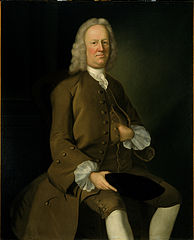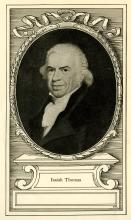Untold Stories from Little Compton, Rhode Island
The society’s webpage explains:
This summer the Little Compton Historical Society will restore the voices of over 250 forgotten people to our local history. The Historical Society’s latest project uses hundreds of primary source documents to bring to light the lives of people of African, Native American, and European descent who were enslaved and forcibly indentured in Little Compton between 1674 and 1816.The book, also titled If Jane Should Want to Be Sold, is based on new primary-source research. The woman named in the title faced “a decision whether or not to be sold, a marriage, a move to another community, and the loss of a son in the Revolution.” Another local figure was Boston Wilbor, who secured his freedom by volunteering to serve in the Rhode Island Regiment.
The organization will share their stories with the public in a year-long effort that includes a book written by Managing Director Marjory O’Toole, a special exhibition that will run through February 2017, a permanent addition to the Wilbor House tour, a memorial to the enslaved in the Old Burying Ground, a lecture series, programs for school children and a research database.
Alongside this exhibit and publication, the society has made a permanent addition to its Wilbor House tour by recreating “the sleeping quarters of Fal Solomon, a forcibly indentured Native American girl who was ordered by the Little Compton Town Council to work for the Wilbor family until she was 18 years old.”
The book will be available at the Historical Society on July 1 and 2 for anyone attending the special events scheduled on those days and during normal business hours thereafter. The cost is $15 for members and $20 for non-members. It will become available on Amazon.com beginning 3 July.
The exhibit opens to the public on 2 July and will be open on afternoons Thursday through Sunday through Labor Day and on weekend afternoons through Columbus Day. Admission is free to society members, otherwise $7.50 for adults and $5 for children.






.JPG/320px-Wright's_Tavern_(Concord%2C_MA).JPG)







